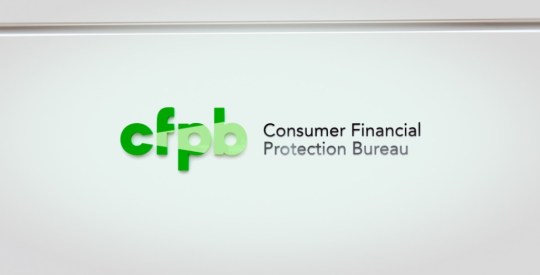As yesterday brought the close of the record-setting attendance of the ABS East conference in Miami, the mood of the remainder of the 3,500 participants hanging around the lobby of the Fountainebleu Resort told it all.
Indeed, if one could bottle that sentiment and ship it to finance professionals nationwide, there would be no need for conferences in the first place. The mood — subdued complicity — showed just how shackled the mortgage finance industry remains to the federal government. No one held out hope for meaningful Fannie Mae and Freddie Mac reform any time soon. And as the CFPB's Rohit Chopra explained, there are larger implications also for the student loan industry.
Taken together, the two equal a total $2 trillion plus yearly industry — at its CHEAPEST.
To clarify by using the singular term "industry," I'm speaking about the government-sponsored juggernaut that is single-handedly willing this economy into marginal growth. A government, it should be noted, that is currently shut down.
So it is understandable that the exuberance so many investors, with all that money that needs to be put to work, faded away on the last day. It just simply slipped into the annals of the harsh reality waiting just outside those stately ivory walls lined with palm trees.
It felt an apropos situation for attendees, at the end of it all, to jump into a cab, bags in hand, and immediately speed out the gates of the Fountainebleu, turn sharp left for the airport only to right away land in the terrific traffic jam the mass exodus created; a sea of yellow cabs inching along Collins Avenue.
Allow me to quote Standard & Poor's analyst Howard Esaki in an email he sent to his followers today. His words encapsulate better than me the precise nature of the CFPB presence at the conference.
"Speakers at ABS East raised concerns about the long-term impact of rising student debt on housing and consumer credit, while expecting lower student loan ABS issuance in 2014 due to a drop in FFELP securitization."
"The CFPB’s [student loan ombudsman] Rohit Chopra suggested lenders target college graduates with secure income sources as the government’s direct lending dominates new originations. Total YTD student loan ABS issuance is $18bn, consisting of $14.6bn FFELP and $3.5bn private student loan ABS."
But that wasn't all. Chopra also mentioned other ways, besides student loans, where college educations are funded.
Credit cards are maxed. Pension funds called. Auto loans applied for… All to support a government-sponsored higher education.
In turn, this earns one a job, where perhaps they can meet another like-minded individual, also with a job, and purchase a government-sponsored house. And so the economy moves forward, if only for one more day. How much of this outlier credit adds to the $2 trillion mark?
So, given these circumstances we can excuse the participants for feeling somewhat helpless in the end, there are simply limits to the ability of private money to contribute to the credit markets. The industry no longer wishes to feel boxed in. It's too bad that it's just too bad.
I would have liked to get some answers from those who handle the money of this country. To see what they intend to do about what I described above. To see how this course can be reversed and righted.
Of course, the Treasury couldn't make it. Unlike the CFPB, the Treasury is funded through appropriations and needs government go-ahead to operate.
And the government is currently shut down.
Maybe it will open tomorrow, maybe it won't. Either way, no one's fingers are crossed.



